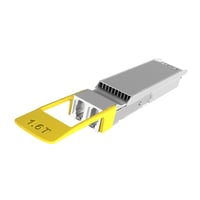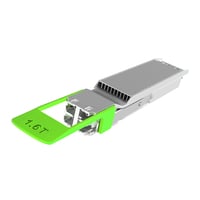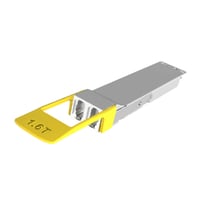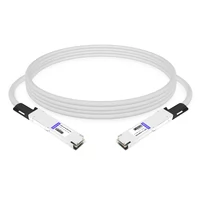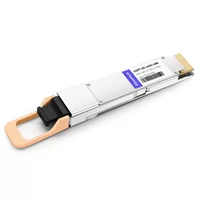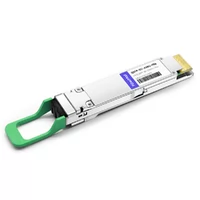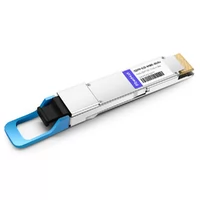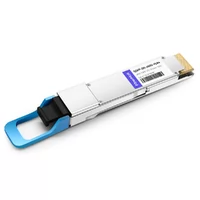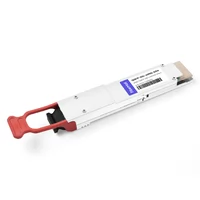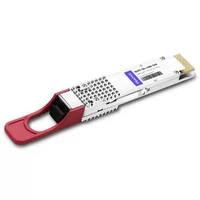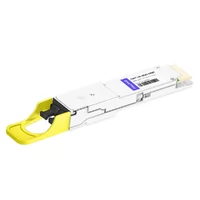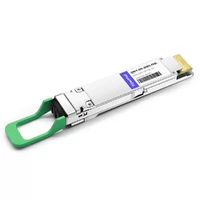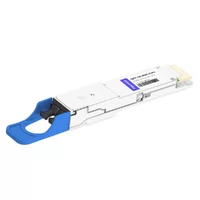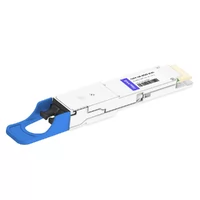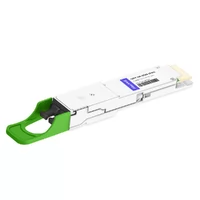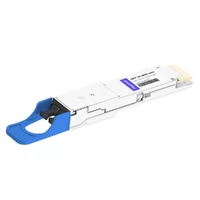We want to introduce FiberMall’s roadmap for 800G, 1.6T, and 3.2T optical modules.
The evolution trend of data center switching chips is as follows: a rapid growth of doubling every two years. 25.6T switching chips with 7nm process and 51.2T must choose 5nm process node. The 3nm process node is expected to be available in 2025 and support a 102.4T capacity for the switching chip.
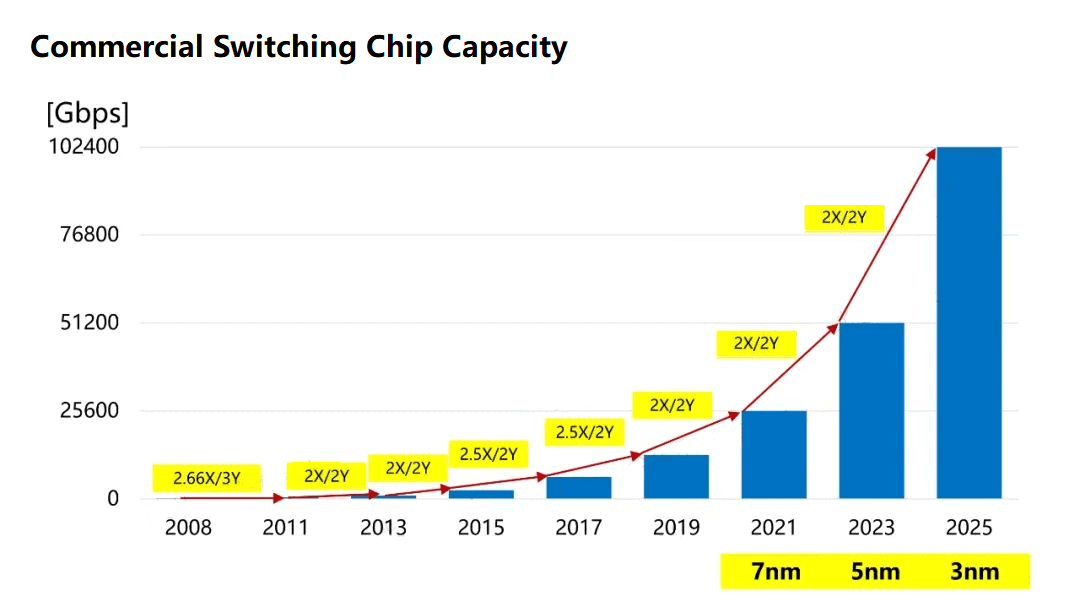
For the optical port, 25.6T optical modules with 64 400G optical modules, which is already implemented in 2021. It is expected that next year with 64 800G modules, 8x100G solution to support the switch upgrade to 51.2T
For 102.T switching capacity, 1.6T optical modules are required, and the optical port needs to reach 200G per wavelength rate, which is expected to enter the industrial node in 2025.
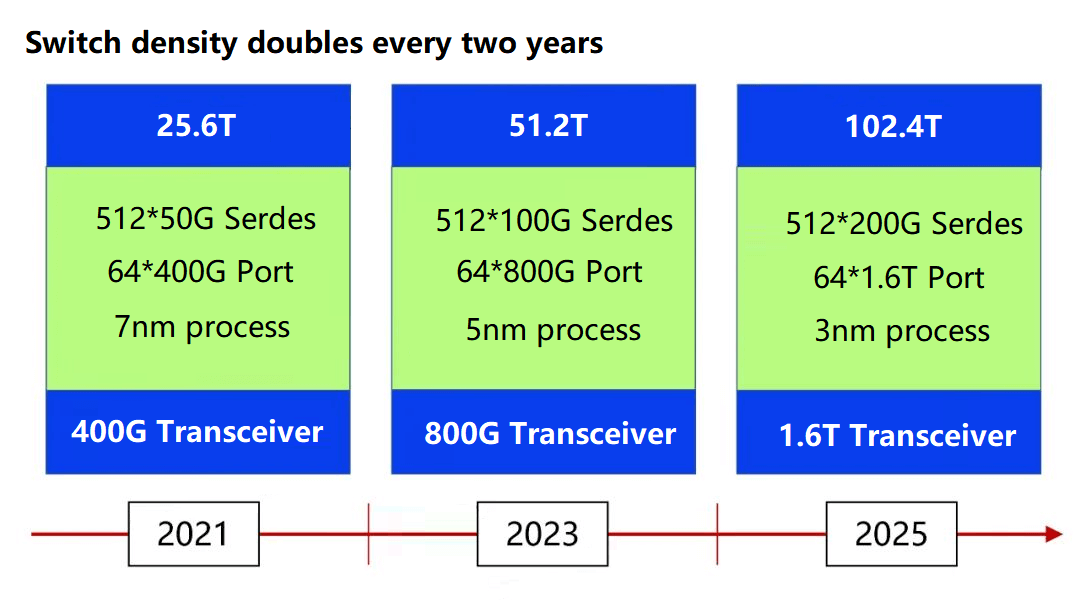
Single-channel 100G is a large node that can support the landing of 400G and 800G optical modules, there is an opportunity to do 16x100G 1.6T solution, but FiberMall believes that 8x200G 1.6T is the industrial value.
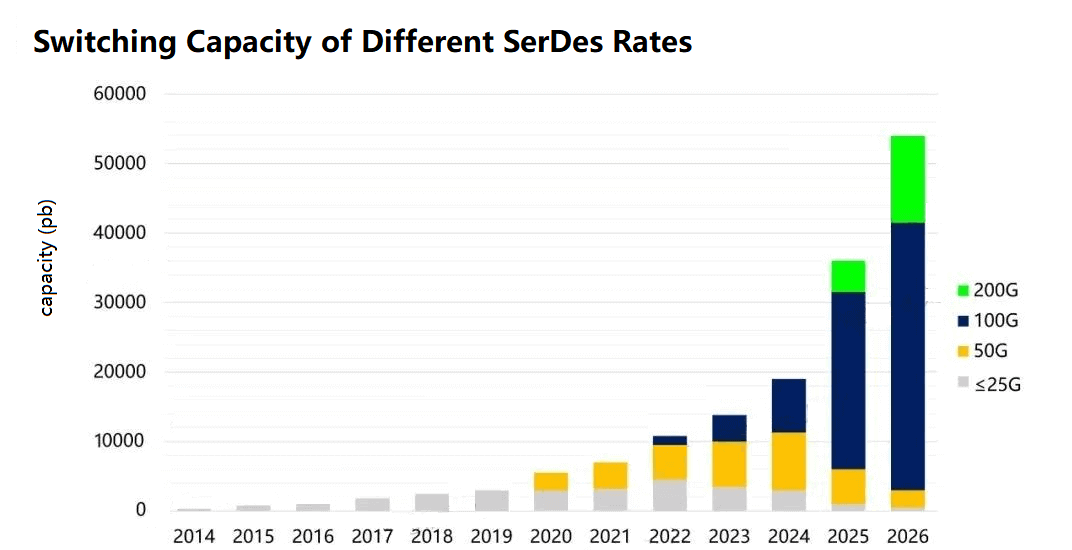
Currently, it is the critical point of the upcoming industrialization of 800G.
1. 2020 has completed the specification of 800G optical module
2. 800G optical modules are ready for deployment
This is the first optical module that can be deployed before the system technology matures.
3. Next-generation switching chips all support 800G optical module access
Adopt 8*100G solution
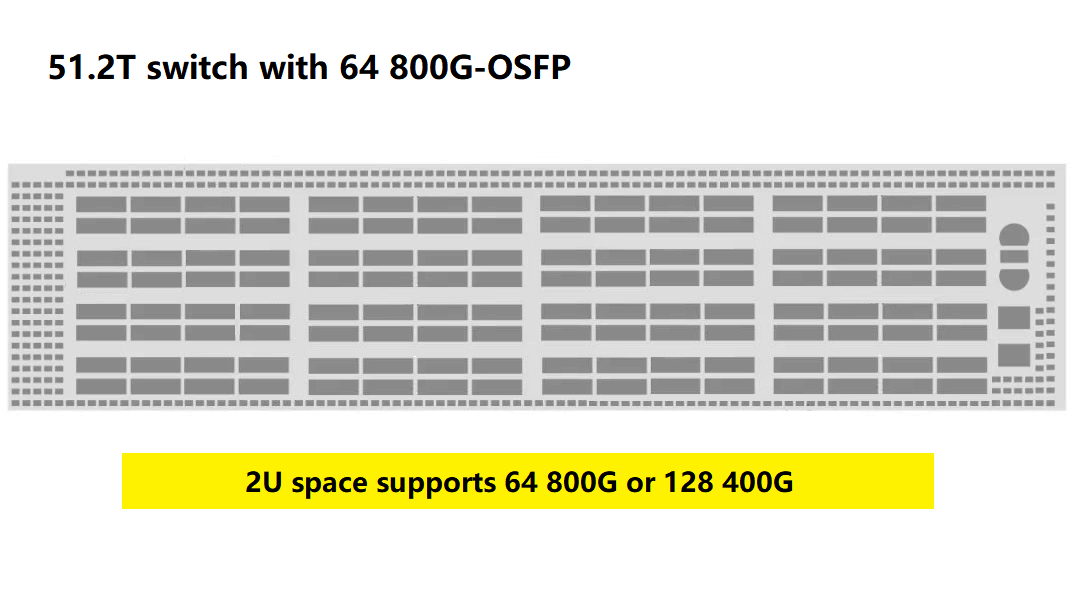
800G optical modules are mainly 2x400G solutions.
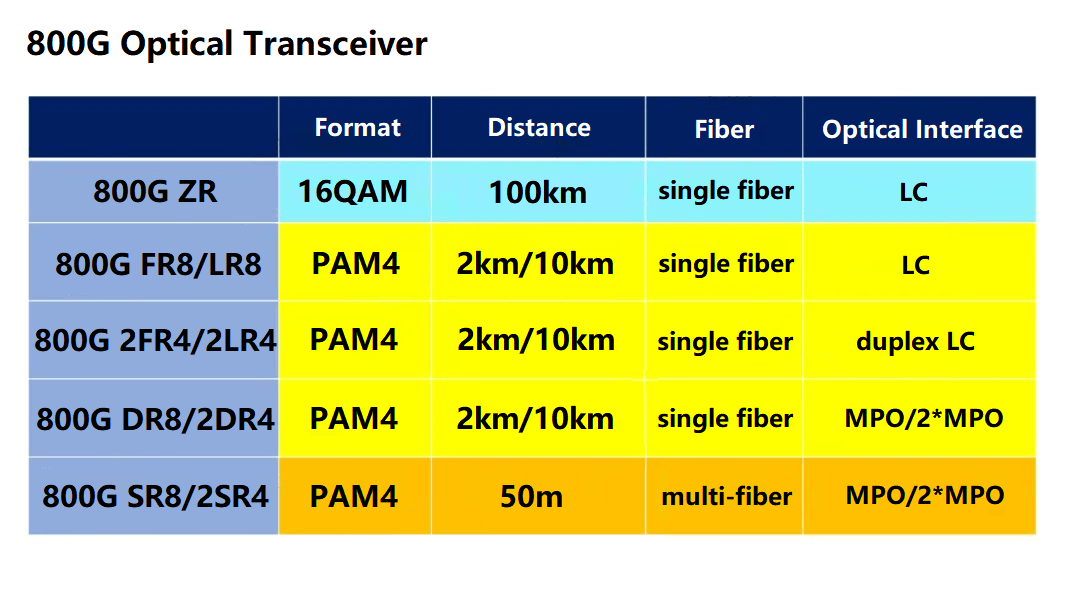
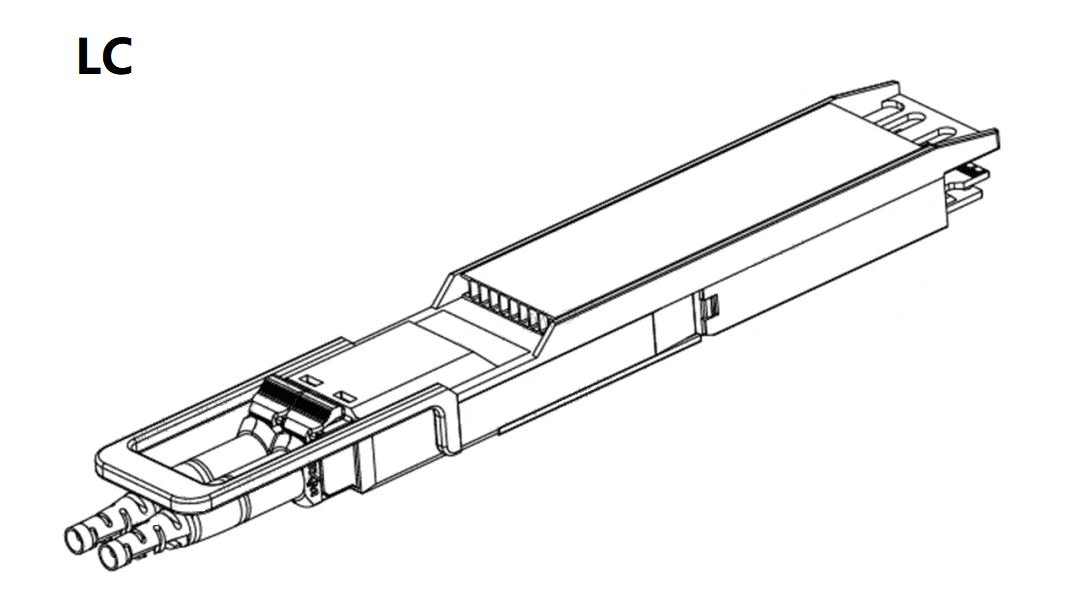
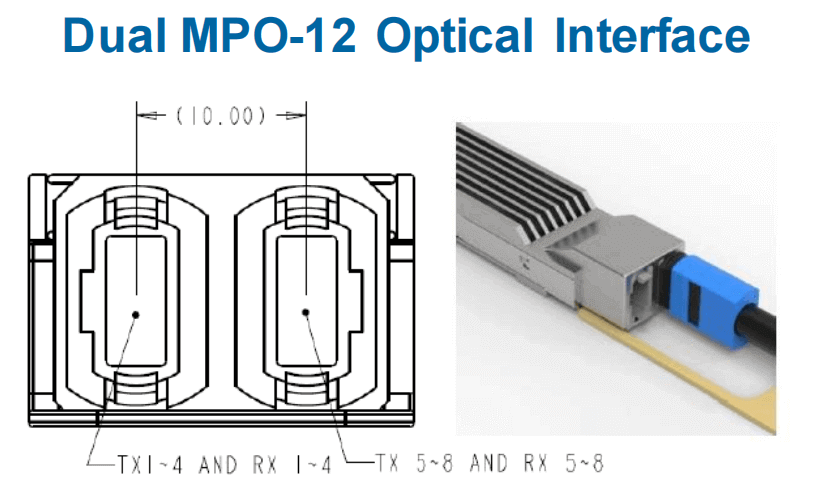
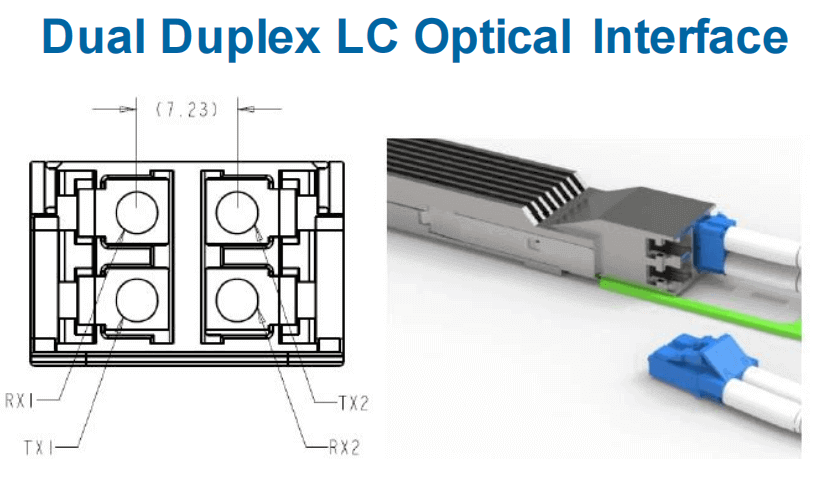
The MSA for OSFP-XD has a draft in September 2022, and page 13 of the MSA cites a chart from Lightcounting, Market Trends for Ethernet Optical Modules from Top5 Cloud Vendors, with 800G optical modules being the next dominant product for Ethernet optical modules.
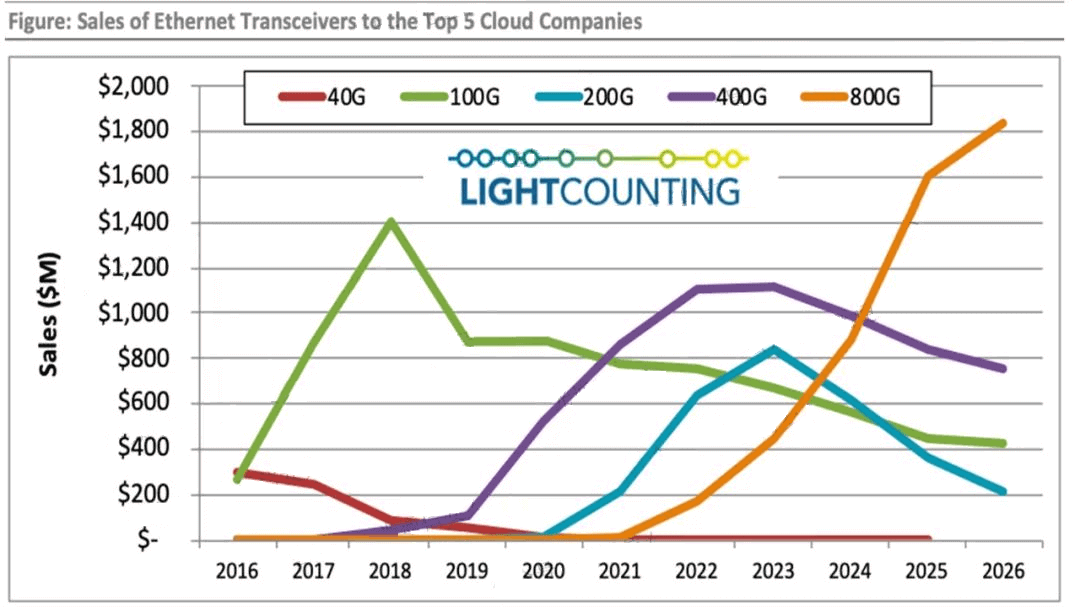
1.6T optical module
- 1.6T optical module based on 200G wavelength
- SerDes interface is 100G or 200G
- With the prospect of reducing the unit power consumption and unit cost
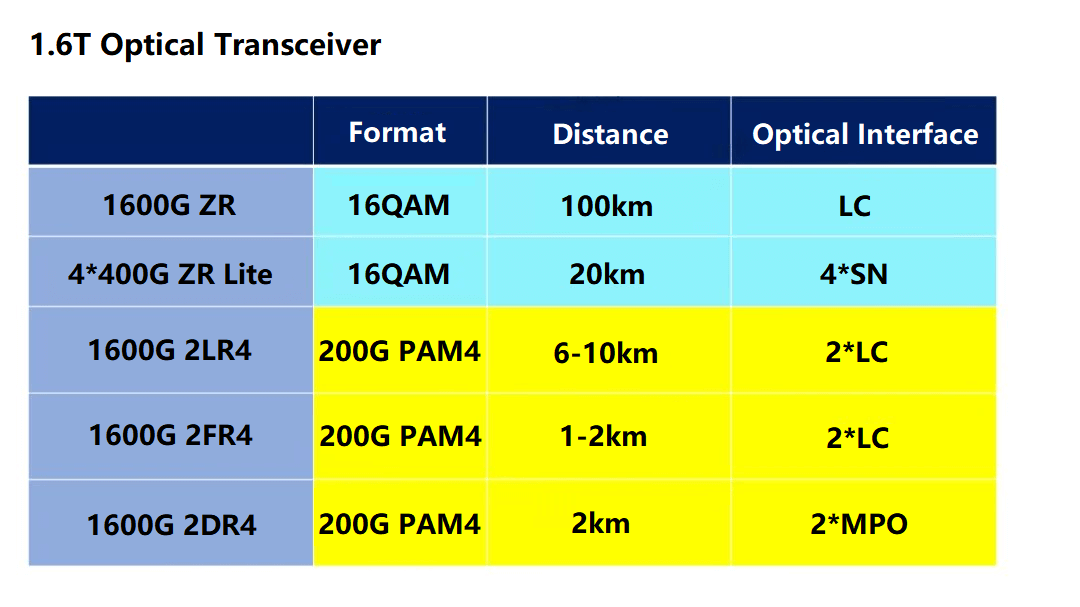
The 1.6T optical module, based on the 16x100G OSFP-XD1600 solution, is targeted to drive the industry chain to be at the node of technology maturity in 2024. The 8x200G-based OSFP1600 then matures in 2026.
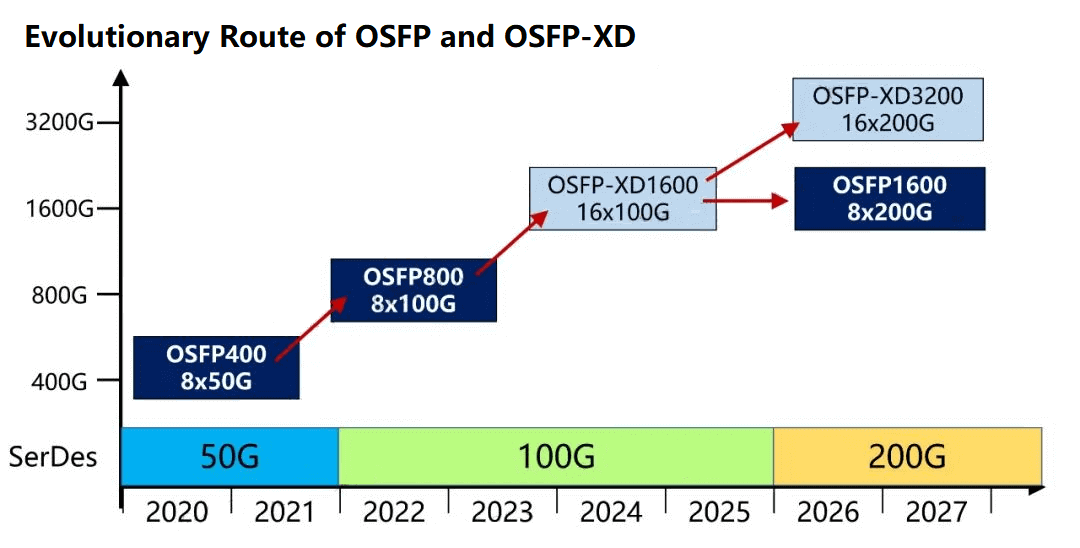
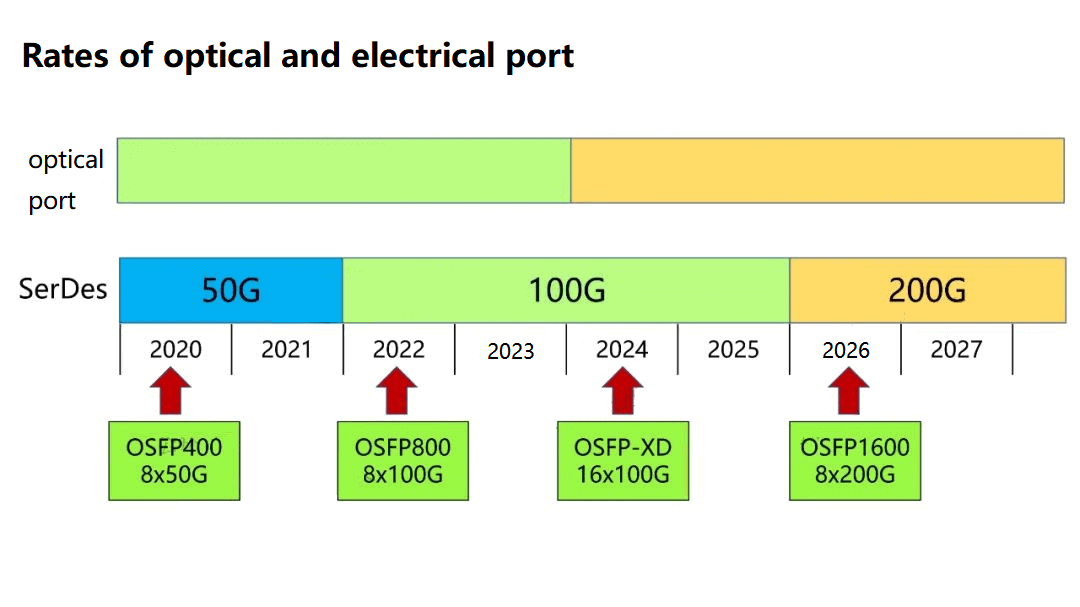
800G, 1.6T, and 3.2T with hot-pluggable module form factor, power consumption is a huge problem to be solved.
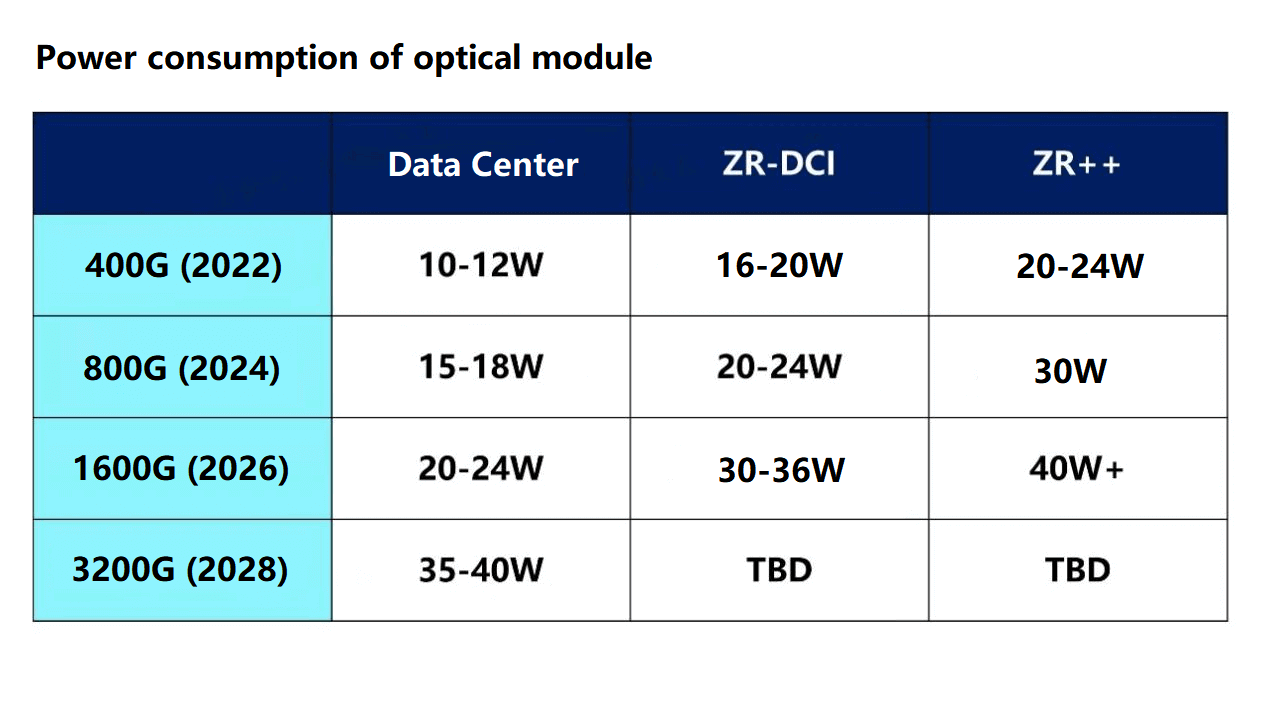
The figure below shows the Ethernet module in blue and the coherent module in orange. The power consumption curve of the module is as follows.
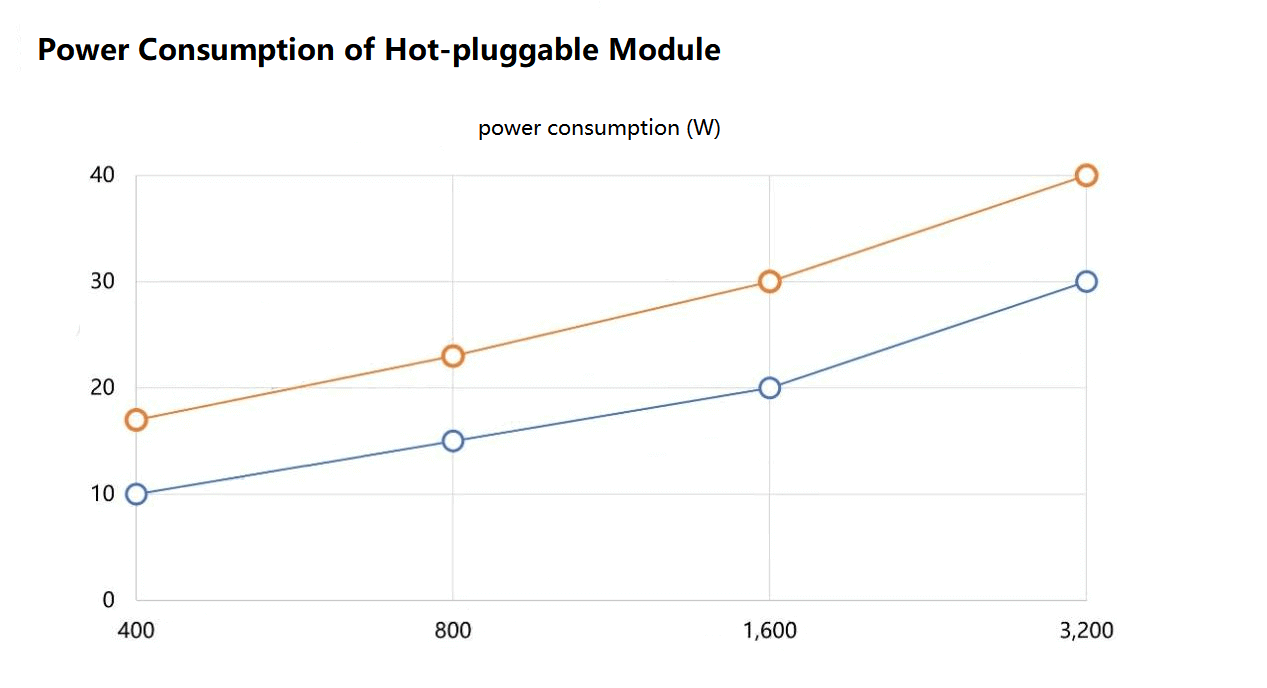
After conversion, it basically has the trend of decreasing unit bit conversion function.
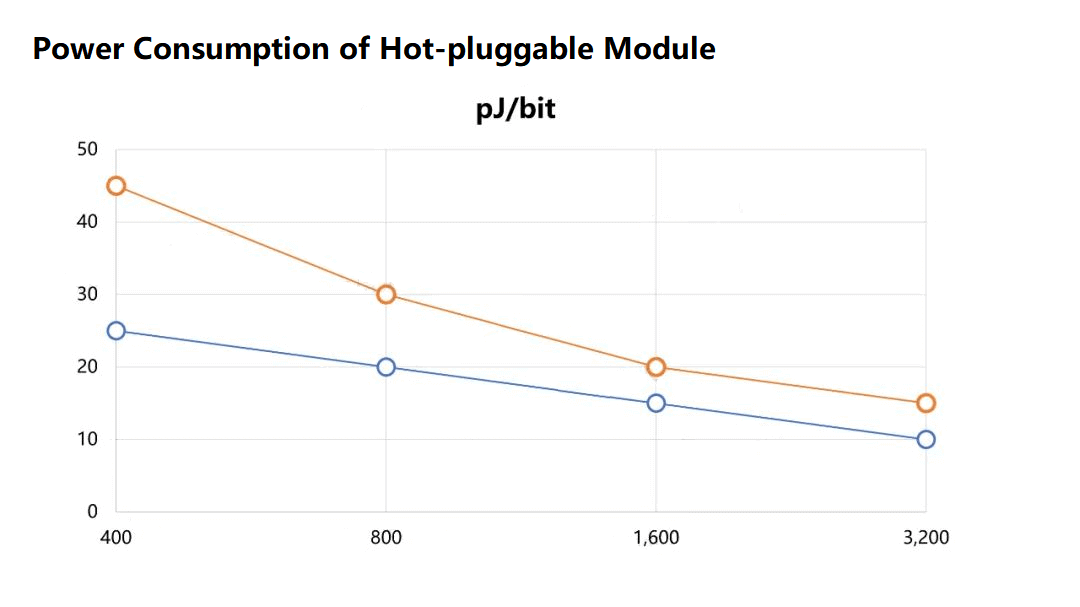
According to the power consumption, the following optical module form factors are available for different solutions.
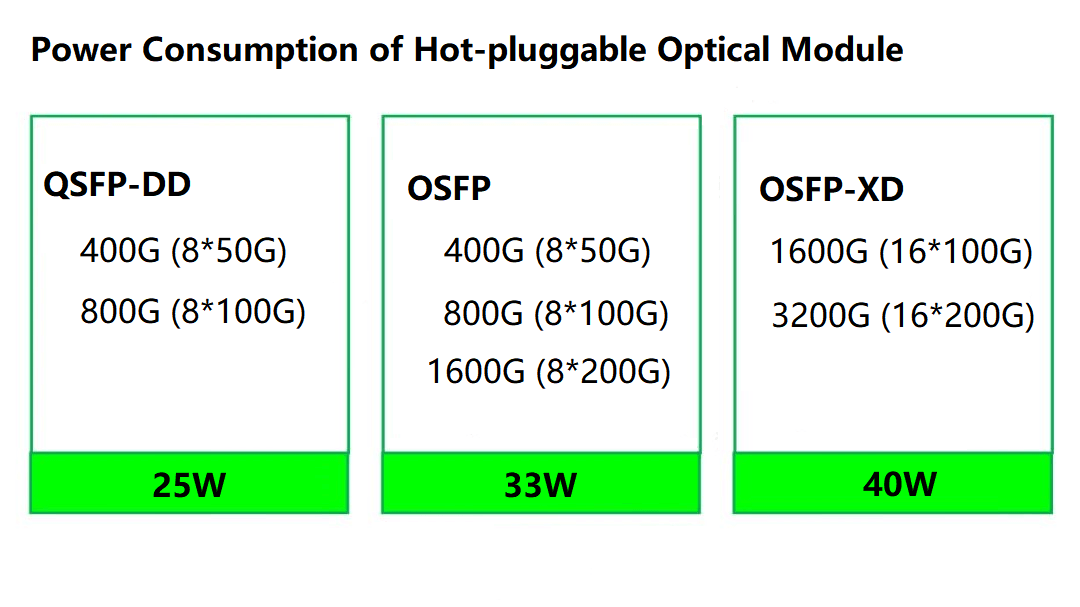
For the coherent 1.6T ZR, the power consumption is too large to choose a small package like QSFP-DD, and the following figure is a comparison of these module form factors.
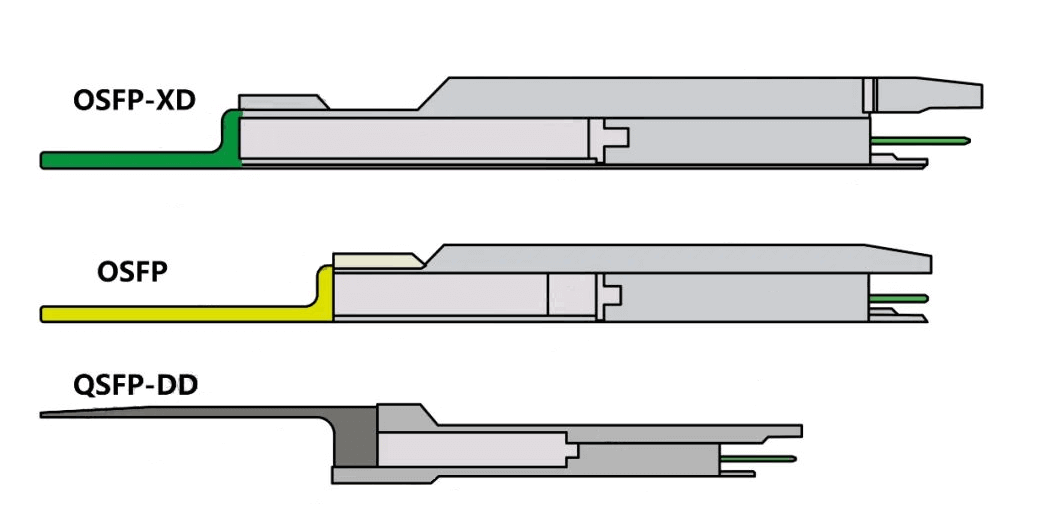
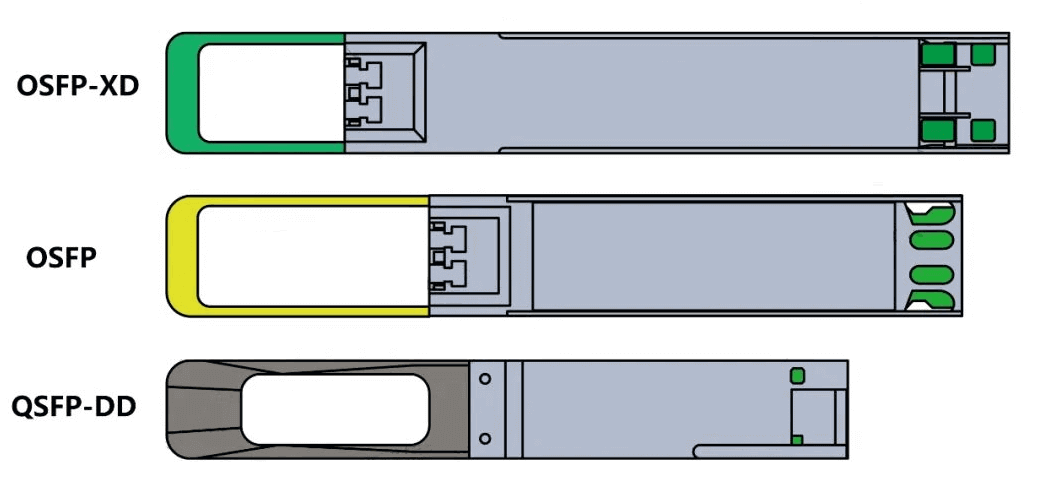
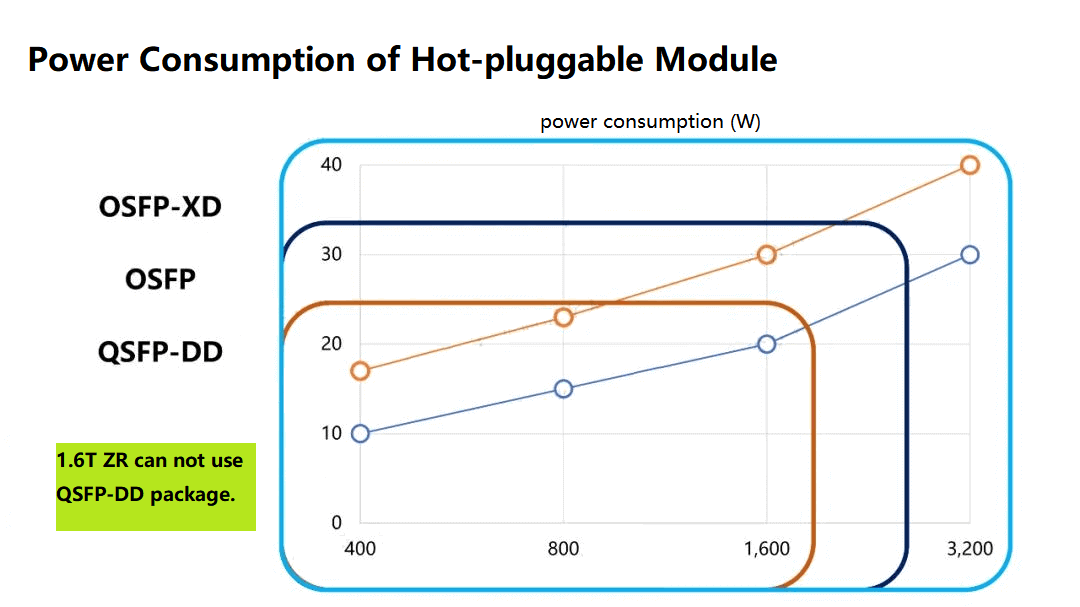
FiberMall predicts that it will have an industrial deployment capacity of 200G in single wave in 2025. Based on this, 1.6T will have the advantages of unit power consumption and cost. It is possible that hot-plug and CPO competition, 1.6T can still choose hot-plug and support the switch upgrade to 102.T, to avoid the use of industry chain is not familiar with the CPO package.
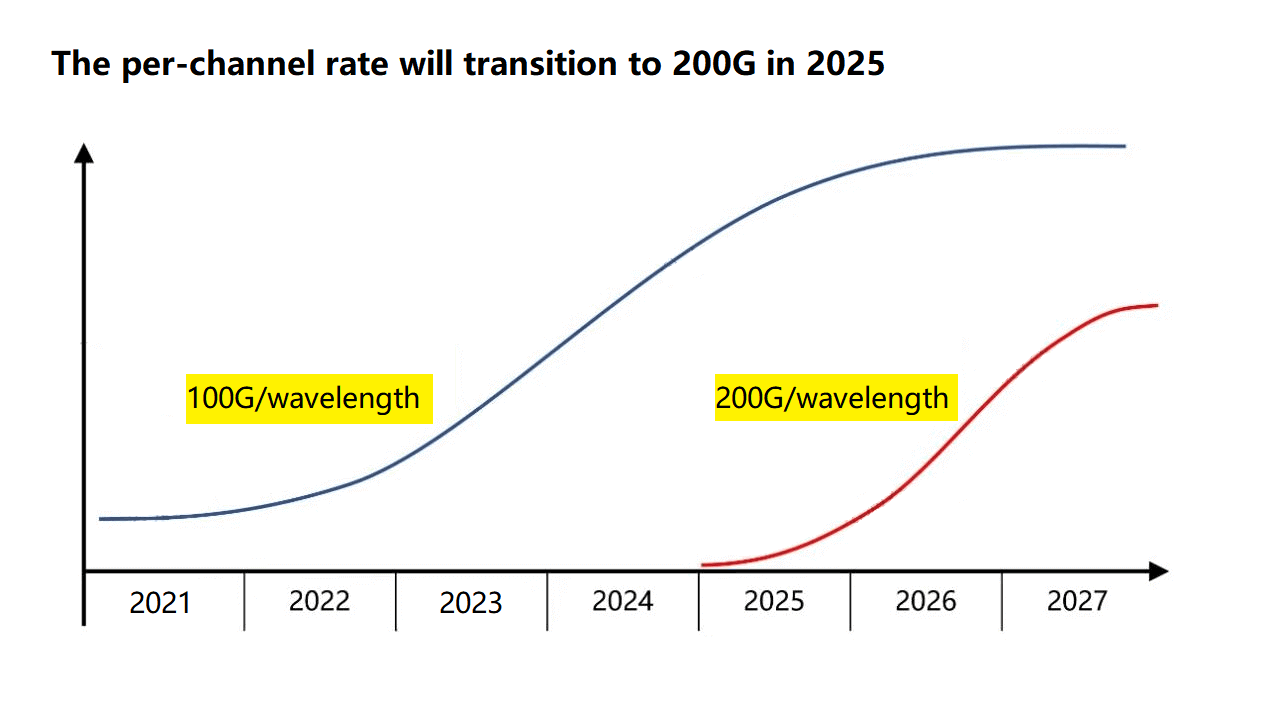
Table of Contents
ToggleBenefits of 1.6T Optical Modules in Data Centers
- Enhanced Bandwidth: Achieve 1600G speeds for AI-driven workloads and cloud computing.
- Lower Power Consumption: Reduce energy costs with advanced 200G per wavelength technology.
- Scalability: Seamless integration with next-gen switches, supporting 51.2T and beyond.
- Cost Efficiency: Hot-pluggable designs minimize downtime and upgrade expenses.
Summary
- The industry will quickly transition to 800G and 1.6T optical module ports.
With lower unit cost, lower unit power consumption.
- Most 800G optical modules use 2x400G solution.
Adopt 2×4×100G solution.
- Most 1.6T optical modules use 2x800G solution.
Adopt 2x4x200G solution.
- 1.6T optical module can only use OSFP/OSFP-XD.
The heat dissipation capability of QSFP-DD package is not enough to meet 1.6T ZR demand.
- 51.2T/102.4T mainstream module package is hot-pluggable without CPO.
FAQ: 1.6T Optical Module Roadmap
What is a 1.6T optical module?
A high-speed transceiver delivering 1600Gbps for ultra-fast data transmission in modern networks.
When will 1.6T modules be available?
Expected industrial maturity in 2025-2026, following 800G deployment.
How does it compare to 800G?
Doubles capacity with improved power efficiency and 200G SerDes interfaces.
Related Products:
-
 NVIDIA MMS4A00 (980-9IAH1-00XM00) Compatible 1.6T OSFP DR8D PAM4 1311nm 500m IHS/Finned Top Dual MPO-12 SMF Optical Transceiver Module
$2600.00
NVIDIA MMS4A00 (980-9IAH1-00XM00) Compatible 1.6T OSFP DR8D PAM4 1311nm 500m IHS/Finned Top Dual MPO-12 SMF Optical Transceiver Module
$2600.00
-
 NVIDIA Compatible 1.6T 2xFR4/FR8 OSFP224 PAM4 1310nm 2km IHS/Finned Top Dual Duplex LC SMF Optical Transceiver Module
$3100.00
NVIDIA Compatible 1.6T 2xFR4/FR8 OSFP224 PAM4 1310nm 2km IHS/Finned Top Dual Duplex LC SMF Optical Transceiver Module
$3100.00
-
 NVIDIA MMS4A00 (980-9IAH0-00XM00) Compatible 1.6T 2xDR4/DR8 OSFP224 PAM4 1311nm 500m RHS/Flat Top Dual MPO-12/APC InfiniBand XDR SMF Optical Transceiver Module
$3600.00
NVIDIA MMS4A00 (980-9IAH0-00XM00) Compatible 1.6T 2xDR4/DR8 OSFP224 PAM4 1311nm 500m RHS/Flat Top Dual MPO-12/APC InfiniBand XDR SMF Optical Transceiver Module
$3600.00
-
 0.5m (1.6ft) NVIDIA Compatible 1.6T OSFP-RHS to OSFP-RHS Passive Direct Attached Cable
$465.00
0.5m (1.6ft) NVIDIA Compatible 1.6T OSFP-RHS to OSFP-RHS Passive Direct Attached Cable
$465.00
-
 QSFP-DD-400G-SR8 400G QSFP-DD SR8 PAM4 850nm 100m MTP/MPO OM3 FEC Optical Transceiver Module
$149.00
QSFP-DD-400G-SR8 400G QSFP-DD SR8 PAM4 850nm 100m MTP/MPO OM3 FEC Optical Transceiver Module
$149.00
-
 QSFP-DD-400G-DR4 400G QSFP-DD DR4 PAM4 1310nm 500m MTP/MPO SMF FEC Optical Transceiver Module
$400.00
QSFP-DD-400G-DR4 400G QSFP-DD DR4 PAM4 1310nm 500m MTP/MPO SMF FEC Optical Transceiver Module
$400.00
-
 QSFP-DD-400G-FR4 400G QSFP-DD FR4 PAM4 CWDM4 2km LC SMF FEC Optical Transceiver Module
$500.00
QSFP-DD-400G-FR4 400G QSFP-DD FR4 PAM4 CWDM4 2km LC SMF FEC Optical Transceiver Module
$500.00
-
 QSFP-DD-400G-XDR4 400G QSFP-DD XDR4 PAM4 1310nm 2km MTP/MPO-12 SMF FEC Optical Transceiver Module
$580.00
QSFP-DD-400G-XDR4 400G QSFP-DD XDR4 PAM4 1310nm 2km MTP/MPO-12 SMF FEC Optical Transceiver Module
$580.00
-
 QSFP-DD-400G-LR4 400G QSFP-DD LR4 PAM4 CWDM4 10km LC SMF FEC Optical Transceiver Module
$600.00
QSFP-DD-400G-LR4 400G QSFP-DD LR4 PAM4 CWDM4 10km LC SMF FEC Optical Transceiver Module
$600.00
-
 QSFP-DD-400G-PLR4 400G QSFP-DD PLR4 PAM4 1310nm 10km MTP/MPO-12 SMF FEC Optical Transceiver Module
$1000.00
QSFP-DD-400G-PLR4 400G QSFP-DD PLR4 PAM4 1310nm 10km MTP/MPO-12 SMF FEC Optical Transceiver Module
$1000.00
-
 QSFP-DD-400G-ER4 400G QSFP-DD ER4 PAM4 LWDM4 40km LC SMF without FEC Optical Transceiver Module
$3500.00
QSFP-DD-400G-ER4 400G QSFP-DD ER4 PAM4 LWDM4 40km LC SMF without FEC Optical Transceiver Module
$3500.00
-
 QSFP-DD-400G-ER8 400G QSFP-DD ER8 PAM4 LWDM8 40km LC SMF FEC Optical Transceiver Module
$3800.00
QSFP-DD-400G-ER8 400G QSFP-DD ER8 PAM4 LWDM8 40km LC SMF FEC Optical Transceiver Module
$3800.00
-
 QSFP-DD-800G-DR8D QSFP-DD 8x100G DR PAM4 1310nm 500m DOM Dual MPO-12 SMF Optical Transceiver Module
$1250.00
QSFP-DD-800G-DR8D QSFP-DD 8x100G DR PAM4 1310nm 500m DOM Dual MPO-12 SMF Optical Transceiver Module
$1250.00
-
 QSFP-DD-800G-FR8L QSFP-DD 800G FR8 PAM4 CWDM8 2km DOM Duplex LC SMF Optical Transceiver Module
$3000.00
QSFP-DD-800G-FR8L QSFP-DD 800G FR8 PAM4 CWDM8 2km DOM Duplex LC SMF Optical Transceiver Module
$3000.00
-
 QSFP-DD-800G-2LR4L QSFP-DD 2x400G LR4 PAM4 CWDM4 10km Dual duplex LC SMF FEC Optical Transceiver Module
$2000.00
QSFP-DD-800G-2LR4L QSFP-DD 2x400G LR4 PAM4 CWDM4 10km Dual duplex LC SMF FEC Optical Transceiver Module
$2000.00
-
 QSFP-DD-800G-2LR4 QSFP-DD 2x400G LR4 PAM4 CWDM4 10km Dual CS SMF FEC Optical Transceiver Module
$2100.00
QSFP-DD-800G-2LR4 QSFP-DD 2x400G LR4 PAM4 CWDM4 10km Dual CS SMF FEC Optical Transceiver Module
$2100.00
-
 QSFP-DD-800G-2FR4L QSFP-DD 2x400G FR4 PAM4 CWDM4 2km DOM Dual duplex LC SMF Optical Transceiver Module
$1800.00
QSFP-DD-800G-2FR4L QSFP-DD 2x400G FR4 PAM4 CWDM4 2km DOM Dual duplex LC SMF Optical Transceiver Module
$1800.00
-
 QSFP-DD-800G-LR8D QSFP-DD 8x100G LR PAM4 1310nm 10km Dual MPO-12 SMF FEC Optical Transceiver Module
$1550.00
QSFP-DD-800G-LR8D QSFP-DD 8x100G LR PAM4 1310nm 10km Dual MPO-12 SMF FEC Optical Transceiver Module
$1550.00
-
 NVIDIA MMA4Z00-NS Compatible 800Gb/s Twin-port OSFP 2x400G SR8 PAM4 850nm 100m DOM Dual MPO-12 MMF Optical Transceiver Module
$650.00
NVIDIA MMA4Z00-NS Compatible 800Gb/s Twin-port OSFP 2x400G SR8 PAM4 850nm 100m DOM Dual MPO-12 MMF Optical Transceiver Module
$650.00
-
 NVIDIA MMS4X00-NM-FLT Compatible 800G Twin-port OSFP 2x400G Flat Top PAM4 1310nm 500m DOM Dual MTP/MPO-12 SMF Optical Transceiver Module
$1199.00
NVIDIA MMS4X00-NM-FLT Compatible 800G Twin-port OSFP 2x400G Flat Top PAM4 1310nm 500m DOM Dual MTP/MPO-12 SMF Optical Transceiver Module
$1199.00

